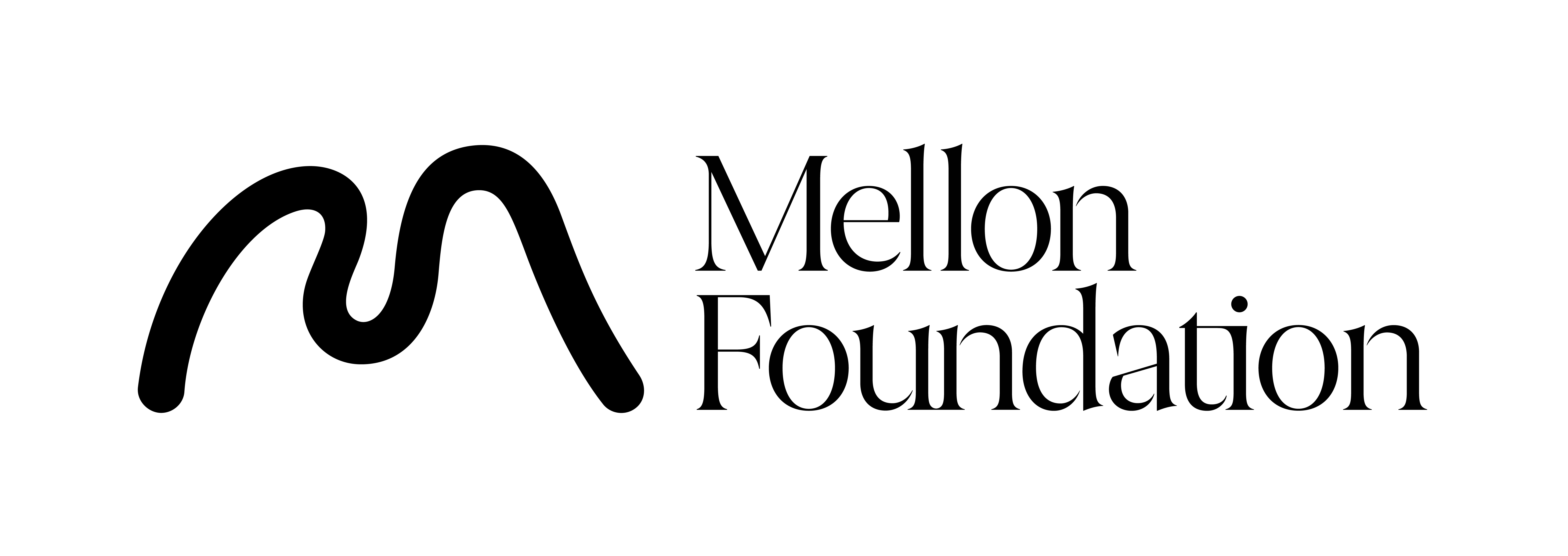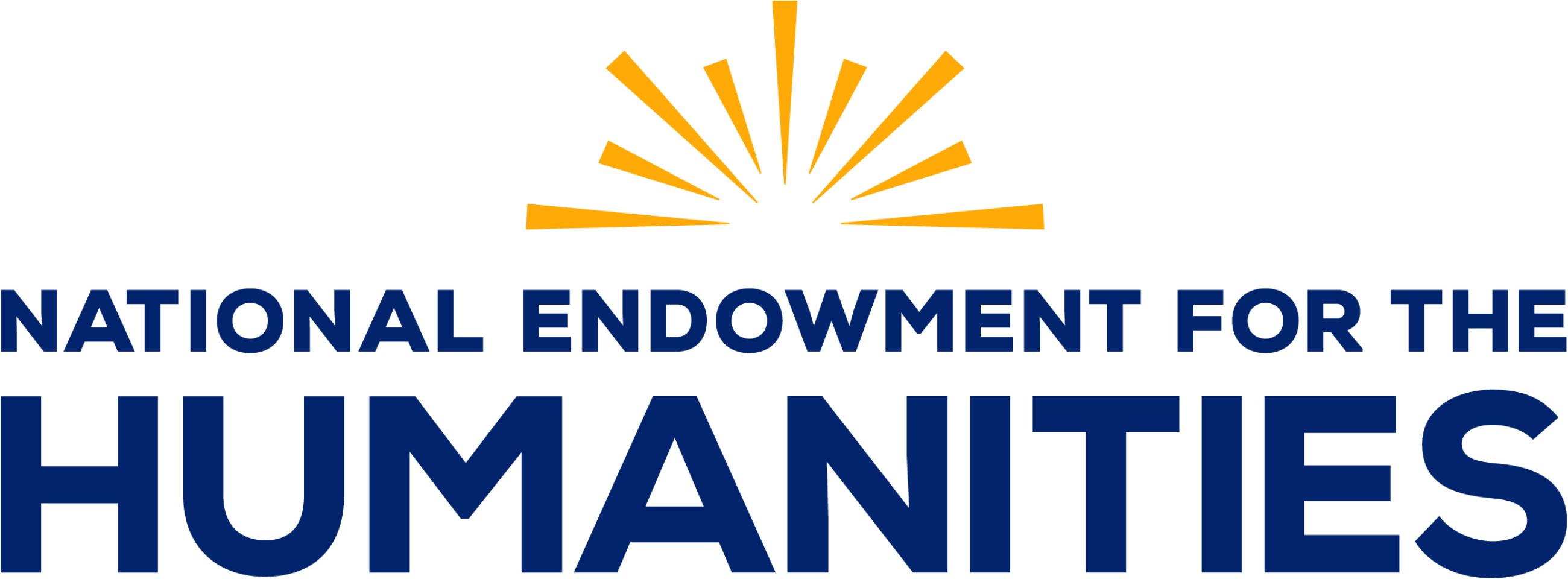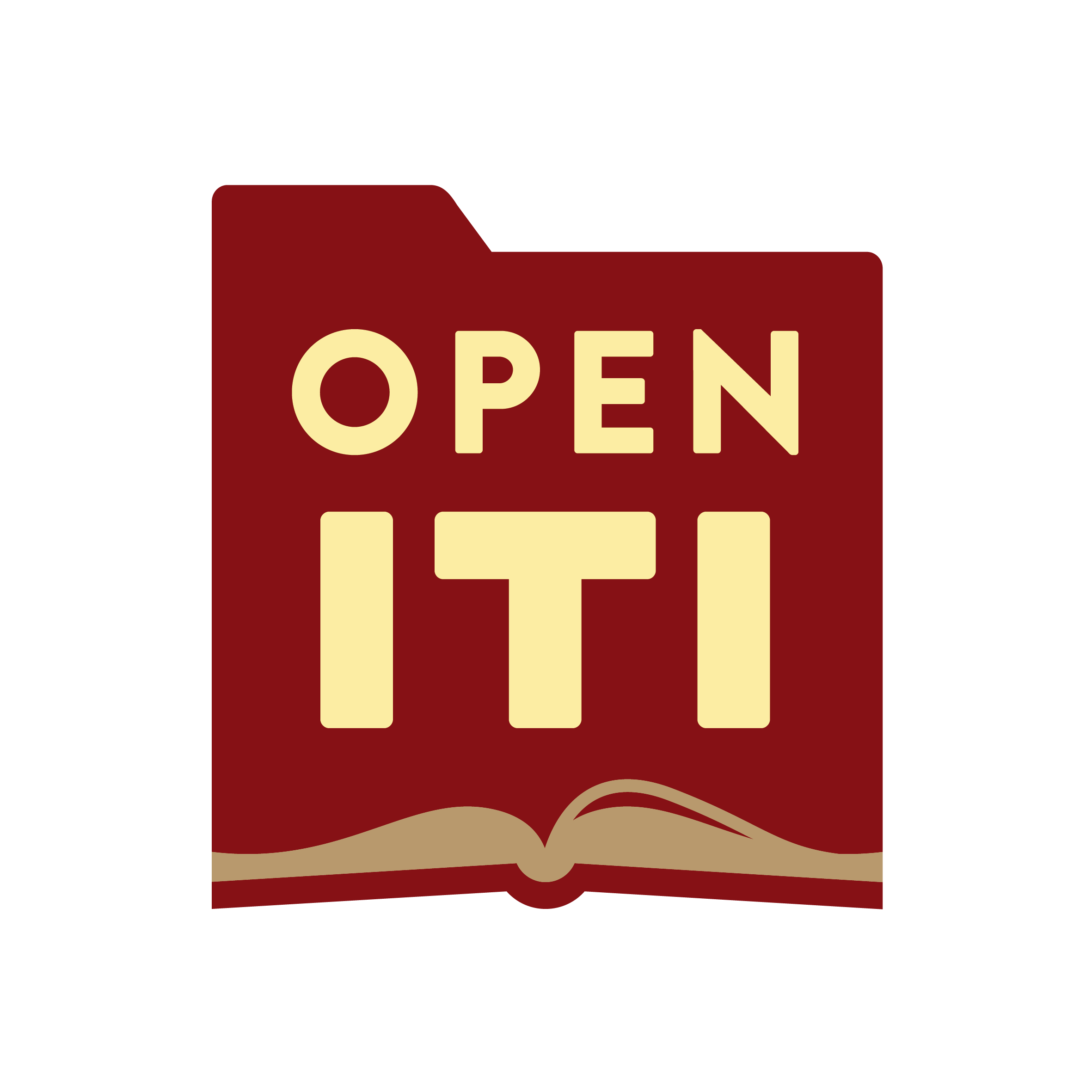I had been meaning to do a review article covering useful resources, recent articles, and other matters that have come up in the course of our fall manuscript studies reading group, but kept putting it off, reasoning I ought to wait until the end of the semester (that, and I just don’t like writing historiographic reviews, it is too redolent I suppose of dull assignments of the sort from graduate school…). Instead of a typical review article or list of useful digital resources, it occurred to me that I could make the process and the result a bit more interesting by using a specific manuscript as a jumping-off point, highlighting websites, handbooks, and recent articles helpful in interpreting some of its various features. Towards that end, I’ve selected—not quite at random but fairly close to it—an eighteenth century Ottoman manuscript, a little treatise titled Risāla fī ithbāt ruʾyat al-nabī yaqaẓatan li-man iṣtafāhu min ʿibādihi al-ṣāliḥīn, which I’m also profiling on my personal website in a series of posts that will include close analysis of all of its features, translation of parts of the text, and other things. For this essay I’m taking a somewhat different and more limited tack, though you should reach the end with a feel for some of the particularities of this manuscript alongside an overview of important resources for anyone getting into the use and study of digitized manuscripts (and manuscripts more generally).
Before we get into the manuscript itself and particular articles and books that relate to its components, a handful of more general handbooks and resources should be mentioned. First, anyone working with Islamicate manuscripts ought to browse through and have at hand for reference Adam Gacek’s Arabic Manuscripts: A Vademecum for Readers as well as his The Arabic Manuscript Tradition: A Glossary of Technical Terms and Bibliography. Alongside these two volumes Francois Deroche’s Islamic Codicology: An Introduction to the Study of Manuscripts in Arabic Script should be read through and held at hand for consultation. While these three works are quite useful, and together cover a large swathe of Islamicate manuscript production, there are of course gaps in coverage and areas that could well be improved, particularly in terms of detailed visual examples; neither author tackles the particularities of digitization and its limitations and additional affordances, not surprisingly given that these three works date to the earlier part of this century and hence before the real explosion over the last decade or so of digitized manuscripts. The most comprehensive approach thus far to thinking about and working with digitized Islamicate manuscripts is L.W.C. van Lit’s (open-access) book Among Digitized Manuscripts: Philology, Codicology, Paleography in a Digital World, which should also be on one’s virtual shelf when pursuing this field.
Alongside the above print books, the following digital resources are definitely worth examining for anyone starting out in or otherwise learning to master Islamicate paleography and codicology. A good place to begin is the Kislak Center’s Islamic Manuscript Basics, which, as the name promises, takes the reader through the ins and outs (quite literally) of Islamicate codicology and paleography, in a very readable and visually well-supported format. Leiden’s mouse&manuscript is an especially valuable resource of a somewhat different nature, offering, as of today, fifty-three interactive lesson modules in Islamicate codicology and paleography; in recent months lessons on reading specific script-styles have been added, with a helpful interactive feature to test one’s transcription of examples of the different scripts. In addition to Leiden’s offerings, the Hill Manuscript Museum and Library has an excellent course of chronologically-oriented paleographic lessons, focusing on Christian Arabic but applicable to other contexts as well, as part of their online HMML School. Jan Just Witkam of Leiden University maintains a fine collection of paleography lessons on his website, consisting primarily of PDFs of specific manuscripts illustrating a range of script styles and regional and chronological variation, with partial transcriptions and directions included. Each PDF must be downloaded in order to be perused, which is a bit clunkier than the other two resources; however this is still a good source of DIY paleographic education, and has perhaps the best chronological and geographic coverage of the three sites featured here. Finally, while a bit more restricted in terms of language and geographical coverage, mention should be made of the new open-access journal Keshif, which features ‘micro-editions’ of short- usually a folio or less- manuscript-derived texts in Ottoman Turkish, with transcriptions (in Latin script), translations, and facsimiles of the manuscript pages; if you are working on Ottoman Turkish this journal can provide a veritable chrestomathy of paleographic examples and instruction, as well as a wonderful window into genre variability, layout mechanics, and so forth.
Let us now turn from those general resources to look at a specific manuscript, National Library of Israel Ms. Yah. Ar. 765, which consists entirely of a single short text, titled (in the catalog, the actual title page of the manuscript gives a slightly different variation), Risāla fī ithbāt ruʾyat al-nabī yaqaẓatan li-man iṣtafāhu min ʿibādihi al-ṣāliḥīn, arguing for the validity of waking visions of Muhammad. First, a word about searching online for manuscripts: if you’re reading this, chances are good that you already know that searching for a specific text in manuscript form can be quite challenging if you do not already know in which repository it is held. There is no digital equivalent—at present at least—of a union catalog of digitized texts, which means that in general one must search within a wide range of catalogs all held in different online locations, often with their own particularities in terms of findability (diacritic sensitivity, transcription conventions, presence of absence of Arabic script metadata, etc). But this is also part of the fun—there are so many places to look and to browse, serendipity is always just around the corner! As for the specifics of finding digitized collections, the most comprehensive list of which I know is that maintained at the (invaluable!) Access to Mideast and Islamic Resources blog, which as of the list’s last update in 2021 included sixty-six online repositories, some of which aggregate multiple institutions’ holdings. Each repository, in addition to having its own particularities in terms of metadata, will have other distinguishing characteristics in terms of viewing environments, scan quality, metadata display, and so forth (van Lit’s book above contains a good discussion of this diversity across repositories).
Returning to our specific manuscript, as we browse the digitized copy (available via the link above; it can also be downloaded in various formats) several things stand out about it, even without being able to do a thorough in-person codicological analysis of the physical object: it is a presentation copy (that is, intended for an elite recipient, in this case the sultan himself), despite being a short risāla it is alone between the covers, never having been, as was the fate of many such treatises, disaggregated and rebound into a larger majmū’a (and while I have not located any additional copies, it is highly probable that any other copies would have made their way into such a collective volume and not been given their own stand-alone covers and binding!). However it would come to circulate beyond the august walls of its original destination, the Sublime Porte’s library, passing through the hands of at least two other owners in the course of the nineteenth century, before being purchased by Abraham Shalom Yahuda (1877-1951) and eventually deposited in the National Library of Israel, where it is now held under the shelfmark Ms. Yah. Ar. 765 (for an excellent exploration of, among many other things, Yahuda’s career and of the process of manuscript collection in the 20th century, see Garrett Davidson’s recent investigative article ‘On the History of the Princeton University Library Collection of Islamic Manuscripts.’
We are fortunate in this case to be able to trace the maker and the owners quite accurately, though much more opaque is the actual process whereby this manuscript made its way, ultimately, to our screens (on this wider question of digitization of manuscripts and the processes and decisions lying behind our screens, see Bridget Whearty’s recent work Digital Codicology: Medieval Books and Modern Labor). Of note is that this manuscript is a holograph, that is, it is in the hand of the author himself, as he notes quite explicitly in the text’s colophon, referring to ‘the hand of the compiler (jāmi’), Muḥammad al-Kūmuljinawī’; on different sorts of holographs (this one is an example of a fair copy) and their characteristics, see the helpful recent book chapter by Adam Gacek, ‘Arabic Holographs: Characteristics and Terminology.’
The short and often polemical risāla- ‘epistle,’ ‘treatise,’ or ‘pamphlet’- was a staple of early modern Ottoman life; the role of these short texts has been extensively explored by Nir Shafir, who has an entire book coming out summer of next year on the topic: The Order and Disorder of Communication: Pamphlets and Polemics in the Seventeenth-Century Ottoman Empire. These sorts of little treatises are wonderful windows into the social, cultural, and religious currents of the Ottoman world, as they were written quite explicitly in response to ‘live’ debates and questions, and circulated far and wide, helped by their brevity and condensed arguments and citations. They were written by a wide range of individuals: in the case of this treatise, the author, one Sayyid Muḥammad b. Aḥmad al-Kūmuljinawī, i.e. Gümülcinevī, (d. 1788), was a member of the Ottoman ‘ulāmā’, Turkish-speaking but like many of his peers choosing, in this case at least, to write in Arabic (he also wrote at least one treatise in Ottoman Turkish, Risaletü’t-ta’rîf fî tercemeti’l-Mevlidi’ş-şerîf, copies of which are available for perusal at the Türkiye Yazma Eserler Kurumu Başkanlığı repository). Beyond the fact that he was evidently from Gümülcine (modern Komotini, Greece), that he had trained in and was presumably employed as part of the Ottoman ‘ilmiyye system of learning and instruction, and that he died in Constantinople (he is evidently buried in the lovely little cemetery of Emîr Buhârî Tekkesi in Ayvansaray), there is no further information available on his life. Notably, our manuscript has on the final, otherwise blank page, a note in Arabic reading: ‘Kūmuljina is a town (qaṣaba) in the district of Edirne,’ suggesting it was not exactly a household place-name. In addition to this treatise and his work on the Mevlid, he wrote some fairly popular treatises on Maturidi theology, suggesting overall the profile of a scholarly broadly in favor of theological investigation, popular devotional activity, and the authority and charisma of the Friends of God.
Let us turn to the title page of the work, which follows a well-crafted if plain cover with closing flap and a few blank pages:
We can immediately identify three features, common to perhaps the majority of Islamicate manuscripts, especially from this period (as in anything, conventions changed over time, and had regional variation). First, the title block itself, Risāla fī ruʾyat al-nabī ṣalā Allāh ta’alā ‘alīhi wa salam yaqaẓatan li-man iṣtafāhu min ʿibādihi al-ṣāliḥīn, neatly identifying the work, though not including the author’s name as is often seen elsewhere. Of rather more interest to us however are the three impressions of seals and the two ownership statements in the margins. Two of the three seals indicate prior possession by Ottoman sultans- Sultan Mustafa III (r. 1757 to 1774) at the top, and his successor Abdul Hamid I (r. 1774 to 1789). The third, smaller and sans tuǧra seal, dated 1805, is that of a later owner, Qārṣīzāda Muḥammad Jamālī (d. 1845).
Seals were a common feature in early modern Islamic manuscripts, and had a range of functions, not just indication of ownership or placement in a waqf (endowed foundation). Many, such as Sultan Mustafa III’s above, contained pious phrases, and might well have had a talismanic or prophylactic function (which other, ‘devotional’ seals lacking any ownership information certainly did). Ottoman sultanic seals are particularly striking visually and symbolically, dominated as they are by the intricate calligraphic personal emblem of the sultan, the tuǧra. For more on the question of seals in manuscripts, see Boris Liebrenz, ‘What’s in a Seal? Identification and Interpretation of ʿAbd al-Bāqī Ibn al-ʿArabī’s (d. 971/1564) Seal and Its Function’; also useful in this regard is Venetia Porter’s handbook Arabic and Persian Seals Amulets in the British Museum.
Often appearing alongside or in conjunction with seals, ownership statements- the wording of which varied from place to place, over time, and from one collection to another- are also very common for this period, and this manuscript is no exception; for a good overview of some of the variability and of the relationship to such statements with seals, see Adam Gacek’s ‘Ownership Statements and Seals in Arabic Manuscripts.’ Not unlike our own time, they tend to appear at the front of the book, usually on the title page (which presumably reduces the chances of their removal by someone uninterested in legal niceties). Along with an ownership statement by a Qārṣīzāda Muḥammad Jamālī, details of his life unknown to me, there is a second one by Aḥmad Najīb b. Aḥmad Ṭāhir, who would sell the manuscript to A. S. Yahuda, though little else is known of his life beyond his proclivities for collecting and dealing manuscripts (Garrett Davidson discusses what is known of him in his article linked to above, small world and all that). Alas, in the case of this manuscript there are no further indications of reader response (with the possible exception of the very brief penciled note at the end describing the geographical location of the author’s hometown, which might have been added by a cataloger). Other manuscripts, of course, particularly in certain genres, are often filled with reader responses, both textual and non-textual (doodles, excisions, etc). While the subject matter is not directly related to the manuscript under consideration here, I have to give a plug for Elif Sezer-Aydınlı’s recent dissertation ‘A Manuscript Community in Ottoman Istanbul (18th-19th Centuries): Heroic Stories, Social Profiles, and Reading Space.’
Finally, while post-dating the ‘manuscript age,’ we should also take note of the penciled-in shelfmark and the stamp of the National Library of Israel, the latter an indication of ownership, while the former is a good reminder of the ontological transformation manuscripts like this one undertook from the end of the nineteenth century into the twentieth, ceasing to be ‘books’ or ‘texts’ in the everyday sense and instead becoming ‘manuscripts,’ objects that are of primary historical interest and are treated, organized, and physically stored and accessed as artefacts, as objects of special attention and care not usually accorded typographically printed books. Entrance into an institutional library- be it of a nation-state or of a university- is effectively the end of the line for the physical manuscript itself in terms of continued modification and quotidian usage (though digitization introduces new dynamics of its own). For an exploration of this historical process—which in many cases took place rather later than we tend to imagine—see Kaoukab Chebaro and Samar El Mikati El Kaissi’s ‘Manuscript Ownership and Readership at the American University of Beirut at the Turn of the Twentieth Century.’
I’ll just note a couple of further things concerning the treatise’s contents (which are indeed quite brief). Here is the second page of the work:
Most immediately noticeable are the marginal annotations, in particular the long block of text on the left; these represent authorial marginal comments, minhiyāt, functioning somewhat like footnotes in modern textual practices. On the production of these marginal glosses, their function, and the ways in which they often came to move in and out of the main text itself, see A Tunç Şen, ‘Authoring and Publishing in the Age of Manuscripts: the Columbia University Copy of an Ottoman Compendium of Sciences with Marginal Glossing.’
There is a great deal more that can be gathered from this manuscript despite its brevity and ‘cleanness’ (that is, we have little in the way of later readers’ interventions or signs of use), but I’ll stop there, with the hope that the above has provided a helpful bibliography of recent works on manuscript studies and a sense of how to bring that scholarship to bear on particular examples. There is not, I’ll admit, a very great deal in what I’ve written here that is overtly digital in terms of methods and specific approaches, beyond the—important, to be sure—fact of manuscript digitization and processes of discovery, with the possibility of finding additional copies, analogues, other works by the same author, and so forth, all greatly augmented by the affordances of the digital age.
I’ll close then by briefly describing how I approached this manuscript using our transcription platform, eScriptorium, and my own suite of practices. In this case, after downloading the PDF of the manuscript I had to split the pages into single page view, which is optimal for transcription purposes; I used a website, Sejda, which is optimized for right to left material, though there are other options out there. I then imported the modified PDF into eScriptorium, and then manually segmented, marked ontologies, and finally transcribed all of the text. As I wanted to translate this text, I have not only marked out the different regions—main text, marginal comments, etc—using the ontologies feature, I have also marked off in my transcription the marginal comments using back-slashes, though other symbols could be used as well; that way, when I export the transcription as plain text the marginal notes are plainly indicated. Finally, for my own personal workflow I use Scrivener for most of my writing needs, and in this case the split-view option is especially helpful as it lets me put the Arabic text on the right-hand side panel, my translation on the left.
There are of course many other possibilities either currently available or which we are at work developing in terms of unlocking digital possibilities for the study of manuscripts, some of which we will hopefully profile in this space in the coming months, so watch this space!







